- Home
- > Study Groups and their Achievements
- > Group 6: Overview of the Integration of Theories
Study Groups and Achievements
Integration of Theories
Group 6: Overview of the Integration of Theories
Research Process
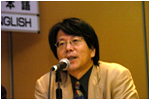
Our task was to consider what nonwritten cultural materials are, analyze how they are studied, formulate a system for the materials, and explain their significance in the study of human culture. When we focus on a topic like nonwritten cultural materials that have not been consciously studied until now, we must begin by accumulating individual studies on nonwritten materials. Needless to say, we must also study the results of past research, even if the amount is limited, and also examine them on an abstract level. Group 6 has done so while examining the progress of research of individual nonwritten cultural materials that has been promoted through this program.
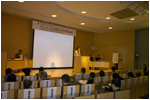
However, we consider our main task to be the universalization of nonwritten cultural materials, based on our experiences and study results. Therefore, we decided to focus on the progress of each group, receiving their reports and examining the data. We also assisted each group in theoretically analyzing its experience and sorting out it present problems.
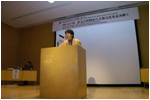
In practice, we tried to grasp the general progress of research by listening to reports from all groups during the general council meetings held each fiscal year. We also took an active part in international symposiums and gathered data to which we gave theoretical consideration. From the fourth year, we held study meetings with group leaders who report on the progress of individual themes. Thereby, we have clarified the problems that occur in the study of each material and have tackled the challenging theoretical task of “systematization of nonwritten cultural materials.”
Research Results
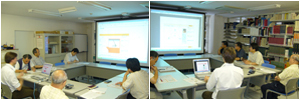
We have so far presented our study results at international symposiums and general council meetings. Ultimately, we compiled them in a publication entitled “Theoretical Problems on Nonwritten Cultural Materials.”
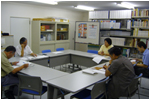
Although small in number, the three papers included in the publication contain the successful results of such activities. The first paper discusses the epistemological basis of nonwritten cultural materials from the standpoint of philosophy or epistemology, and deals with a task that is indispensible for the results of the nonwritten material studies to be recognized as an intellectual human asset.
In the second paper, the writer universalized his research by criticizing the first paper in the hope of contributing to the practical progress of nonwritten material studies. The third paper took a general view of the entire program, tackling theoretical problems concerning the topic “Systematization of Nonwritten Cultural Materials for the Study of Human Societies.”
As the saying “The owl of Minerva spreads its wings only with the falling of the dusk” goes, the formulation of a systematic theory is achieved only when research in the field is nearing completion. If this is true, full-scale structured research on nonwritten materials is being dealt with for the first time in this program, and therefore is far from completion. Nevertheless, we have still been able to present future challenges and direction.

Researchers (As of 31 March, 2008)
- Program Representatives
- MATOBA Akihiro, KATSUKI Yoichiro, KITSUKAWA Toshitada, SAITO Takahiro, SUZUKI Yoichi, FUKUTA Ajio
- Joint Researcher
- NOTO Masato
